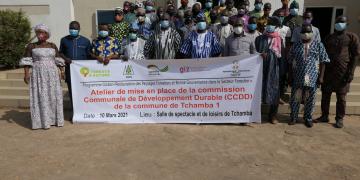Create awareness and engage the Aquapesca staff in establishing a more gender-inclusive environment
Establishment and Training of a Change Makers Group
Action plans – development of practical tools and policies for positive gender change processes
Design and implementation of a community initiative
Data collection, reflexion, and adaptation for sustainability with relevant partners
